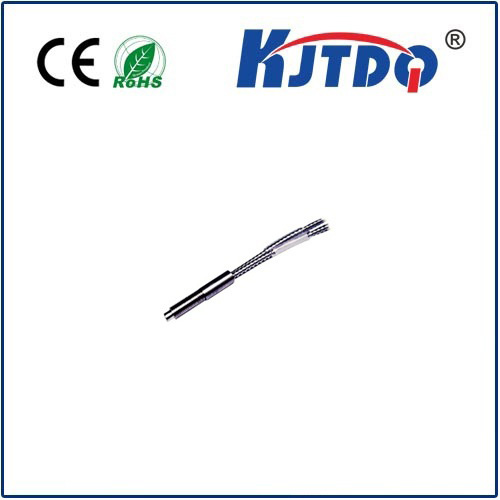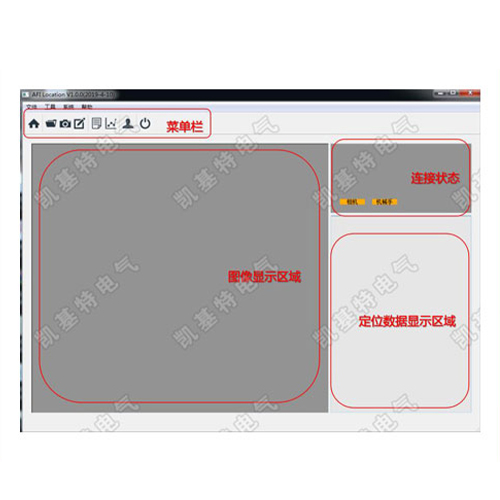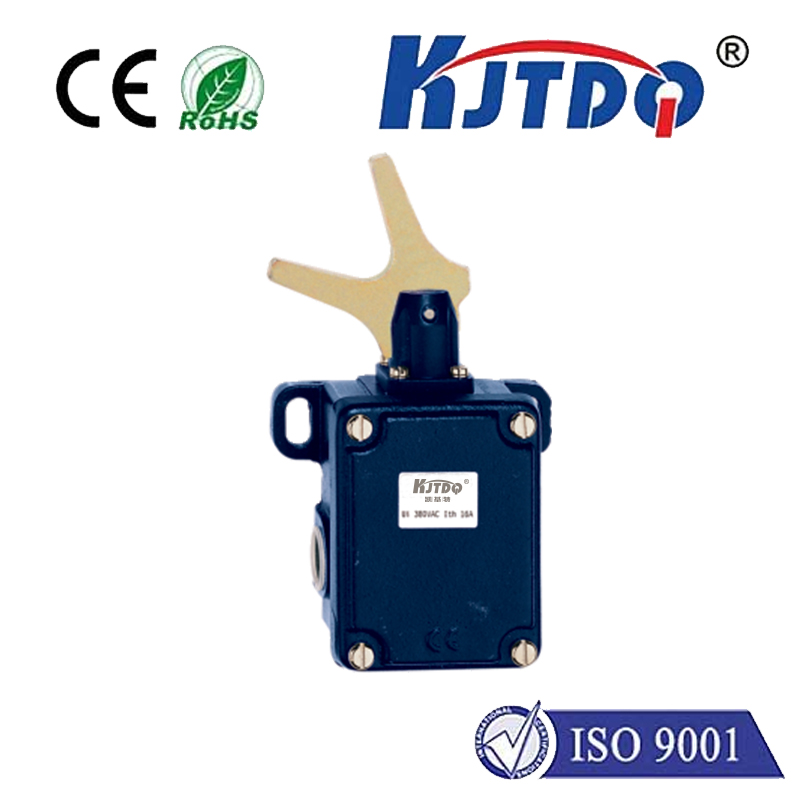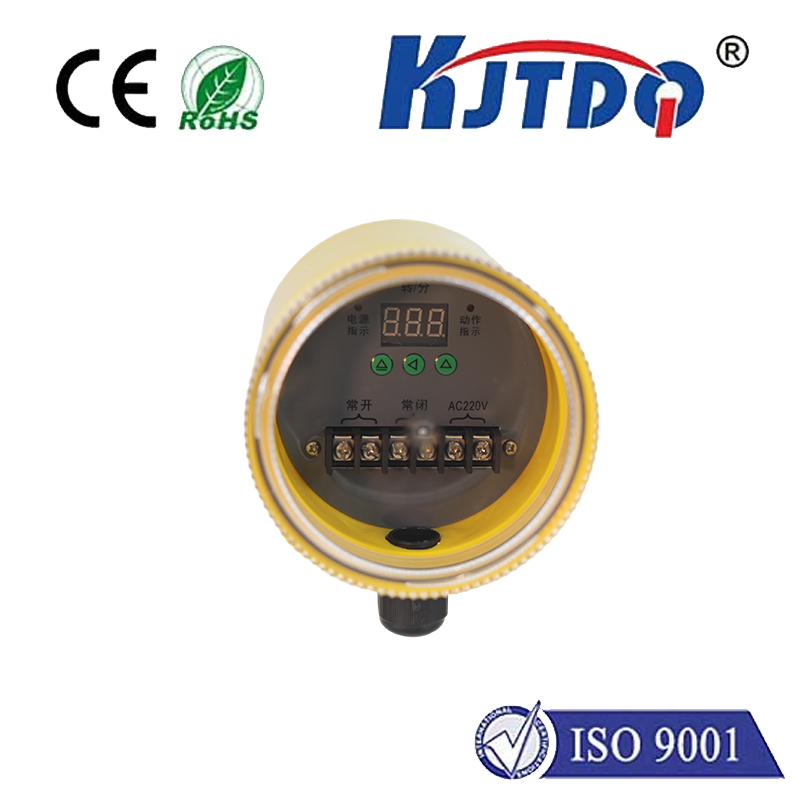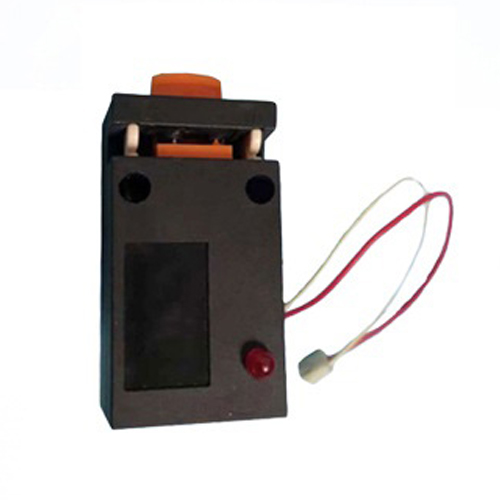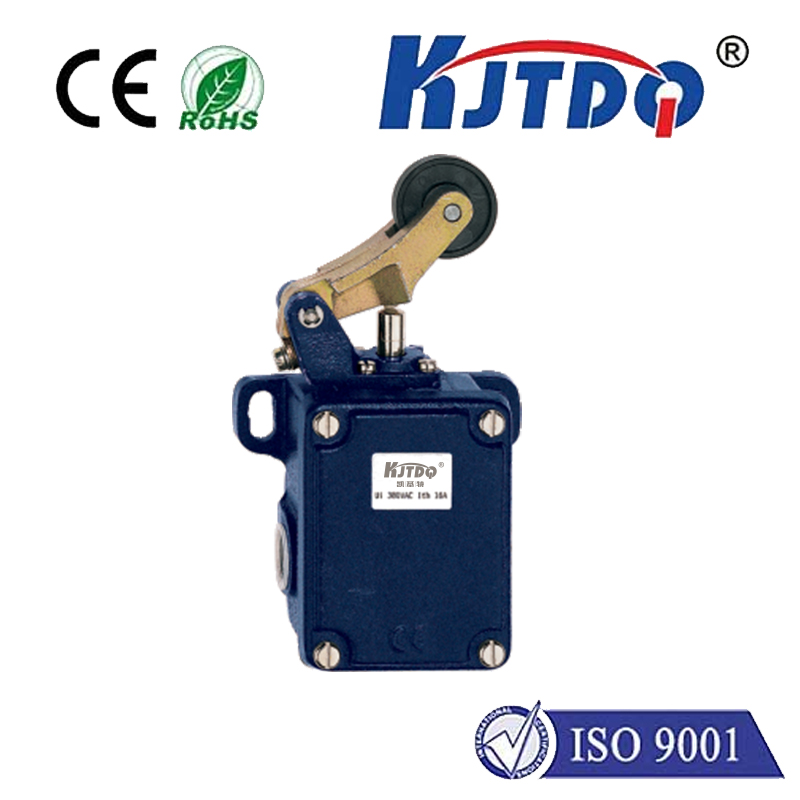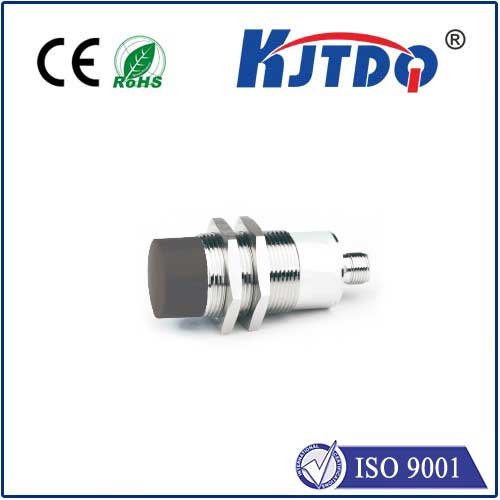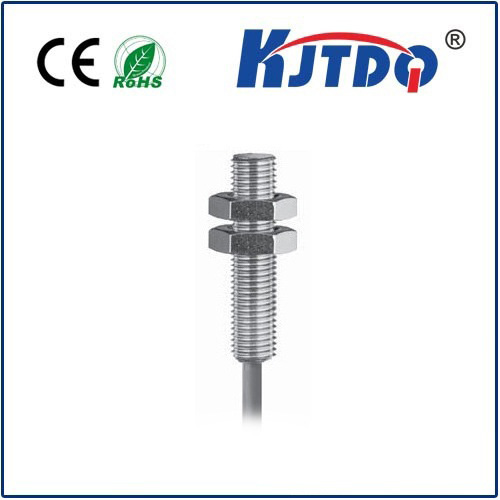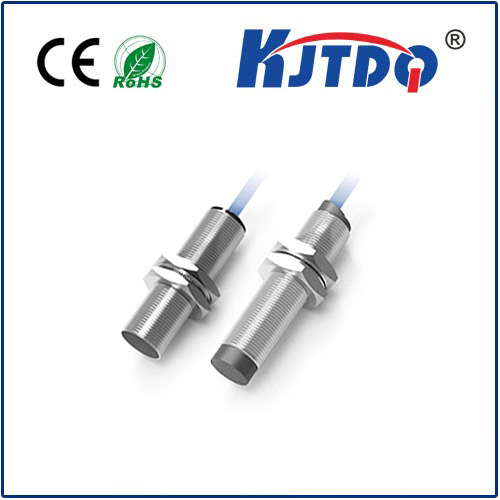vcnl4010 proximity sensor
- time:2025-06-26 00:56:15
- Нажмите:0
Unlocking Presence Detection: Mastering the VCNL4010 Proximity Sensor
Integrating the VCNL4010 Proximity Sensor: Compact Intelligence for Object Detection
Imagine your device knowing something is nearby without physical contact. A phone screen dimming as it approaches your ear, a faucet activating when hands draw near, or an appliance automatically powering down for safety – these seemingly simple interactions often rely on a hidden champion: the датчик приближения. Among the numerous solutions available, the VCNL4010 proximity sensor from Vishay Semiconductors stands out as a remarkably compact and versatile integrated module, making sophisticated presence detection accessible for countless applications. This article delves into the VCNL4010, exploring its workings, strengths, and ideal use cases.
What Exactly is the VCNL4010?
The VCNL4010 isn’t just a single component; it’s a highly integrated optical sensor system housed in a tiny 4.8 x 2.8 x 0.9 mm surface-mount package. It combines two critical sensing functions into one convenient module:
- Proximity Sensing: Detects the presence or absence of an object within a short range (typically optimized up to 200 mm or 0.2 meters) without touch.
- Ambient Light Sensing (ALS): Measures the intensity of the surrounding visible light, enabling adaptive display brightness or environmental awareness.
This integration eliminates the need for designers to source, calibrate, and align separate proximity and light sensors, simplifying PCB layout, reducing component count, and speeding up development significantly. It’s specifically designed for space-constrained applications demanding reliable non-contact detection.

How the VCNL4010 Proximity Detection Works: The Infrared Dance
The proximity sensing capability of the VCNL4010 relies on infrared (IR) technology. Here’s the clever sequence:
- IR Emission: A tiny, integrated infrared emitter diode (IRED) pulses out an invisible beam of IR light. Its current and pulse frequency are programmable, allowing fine-tuning for different requirements and power budgets.
- Reflection: If an object is present within the sensor’s field of view and detection range, this IR light reflects off its surface.
- Reception: A highly sensitive photodetector, positioned specifically to capture reflected IR light, sits right next to the emitter within the module. This detector converts the reflected IR photons into an electrical current.
- Signal Processing: This electrical signal (photodiode current) is proportional to the amount of reflected IR light received. Crucially, the VCNL4010 incorporates sophisticated on-chip signal processing. It intelligently suppresses the influence of ambient light and background noise, isolating the signal generated solely by the sensor’s own emitter.
- Digital Output: The processed proximity data is digitized internally. The VCNL4010 communicates this proximity value, along with the ambient light level, digitally over a simple I2C interface to a host microcontroller or processor. This Цифровой вывод simplifies integration and minimizes noise susceptibility compared to analog sensors.
Key Features and Advantages of the VCNL4010
The VCNL4010 proximity sensor packs numerous compelling features that contribute to its popularity:
- Ultra-Compact Form Factor: The miniature size is a major advantage for modern consumer electronics and IoT devices where board space is at a premium.
- Integrated Solution (Prox + ALS): Combines proximity and ambient light sensing in one package, saving design time and cost.
- Digital I2C Interface: Simple two-wire communication streamlines connection to microcontrollers like Arduino, Raspberry Pi, ESP32, and many others. Easily retrievable proximity and light data.
- Programmable IR LED Current: Allows adjusting the emitter power for different detection ranges or optimizing power consumption.
- Programmable Interrupt Function: The sensor can autonomously alert the host microcontroller only when a specific proximity or light threshold is crossed, significantly reducing the host’s processing burden and saving power in low-duty-cycle applications.
- Excellent Ambient Light Suppression: The integrated signal conditioning effectively filters out environmental light interference, providing reliable proximity readings even in varying lighting conditions. This offset cancellation is vital.
- Sunlight Cancellation: Advanced design mitigates the saturation effects of very bright ambient light, particularly strong sunlight, enhancing outdoor usability.
- Low Power Consumption: Features like programmable measurement rates and the interrupt function enable the design of highly efficient, battery-powered devices.
- Proximity Offset Compensation: Helps calibrate out fixed offsets due to cover glass materials or minor assembly variations, ensuring consistent readings.
Where Does the VCNL4010 Shine? (Applications)
The combination of small size, dual functionality, and easy digital integration makes the VCNL4010 proximity sensor ideal for a vast range of applications:
- Mobile & Portable Devices: Screen blanking/proximity detection during calls, automatic display dimming/brightening based on ambient light, smart case/wake-up detection, power saving modes.
- Consumer Electronics: Automatic power saving in appliances when no user is present (e.g., TVs, monitors, printers), touchless controls (e.g., gesture detection initiation near faucets, dispensers), interactive displays.
- Industrial Automation & Monitoring: Presence detection for conveyor systems, object counting, machine safety interlocks (detecting personnel entry), vending machine sensing.
- Robotics: Obstacle detection and collision avoidance for small robots/drones, object tracking.
- Smart Home & IoT: Touchless light switches, smart thermostats detecting occupancy for energy saving, smart mirrors, security systems (intrusion detection).
- Human-Machine Interfaces (HMI): Detecting user approach to activate interfaces, simple gesture recognition starting point.
- Printers & Copiers: Paper jam detection, media presence sensing.
The VCNL4010 in Context: Why Choose It?
While other proximity sensors exist (like ultrasonic or capacitive types), the VCNL4010 proximity sensor excels in scenarios demanding a small, cost-effective, and digitally integrated solution for close-range detection and simultaneous ambient light measurement. Its use of IR light makes it suitable for detecting a wide variety of solid objects. Compared to simpler IR reflectance sensors, the VCNL4010 offers significant advantages through its integrated signal processing, digital interface, and ambient light cancellation, resulting in far more reliable and robust readings in real-world environments.
Меры предосторожности
Integrating the VCNL4010 is generally straightforward thanks to the I2C interface and readily available libraries for popular platforms like Arduino. Key considerations include:
- Optical Path: Ensure the IR emitter and photodetector have a clear, unobstructed path to the outside world through any cover material (glass, plastic). The material must transmit IR light effectively.
- Cover Glass: Choose cover materials wisely. Thick or highly tinted glass/plastic can significantly attenuate the IR signal. The sensor’s proximity offset compensation helps mitigate effects of thinner covers.
- Reflective Surfaces: Highly reflective backgrounds near the sensor can cause false triggers by reflecting IR light directly back to the detector. Careful mechanical design and sensor placement are crucial.
- Direct Sunlight: While offering sunlight cancellation, extreme direct sunlight hitting the sensor directly can still potentially saturate the detector. Shading or positioning helps.
- Power Supply: Ensure a clean, stable power supply, especially when powering the IR LED at higher currents.
- **

